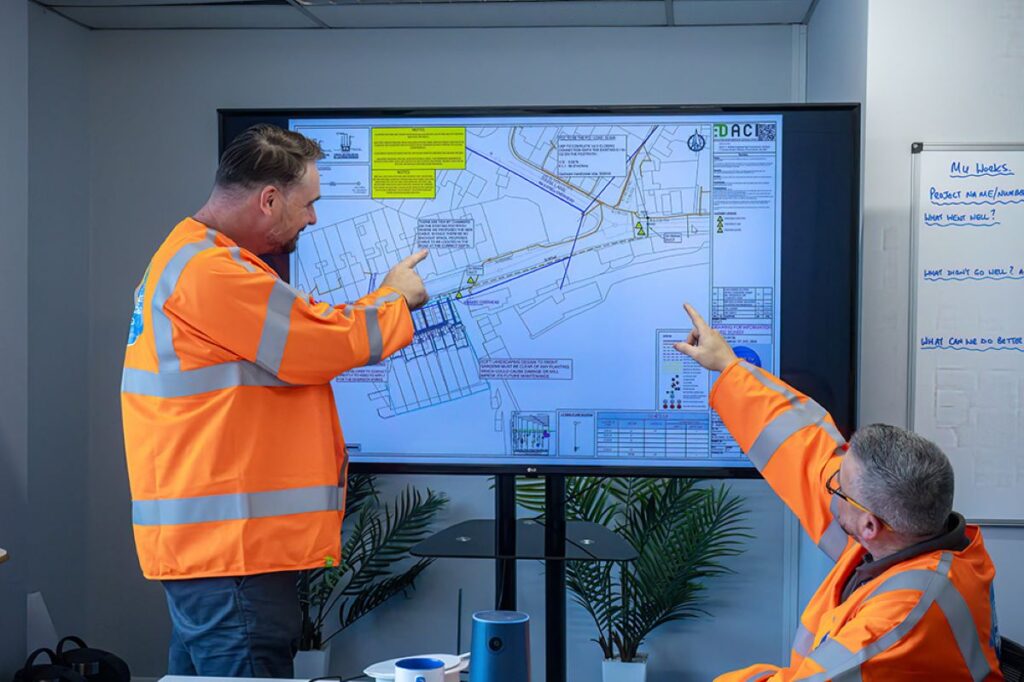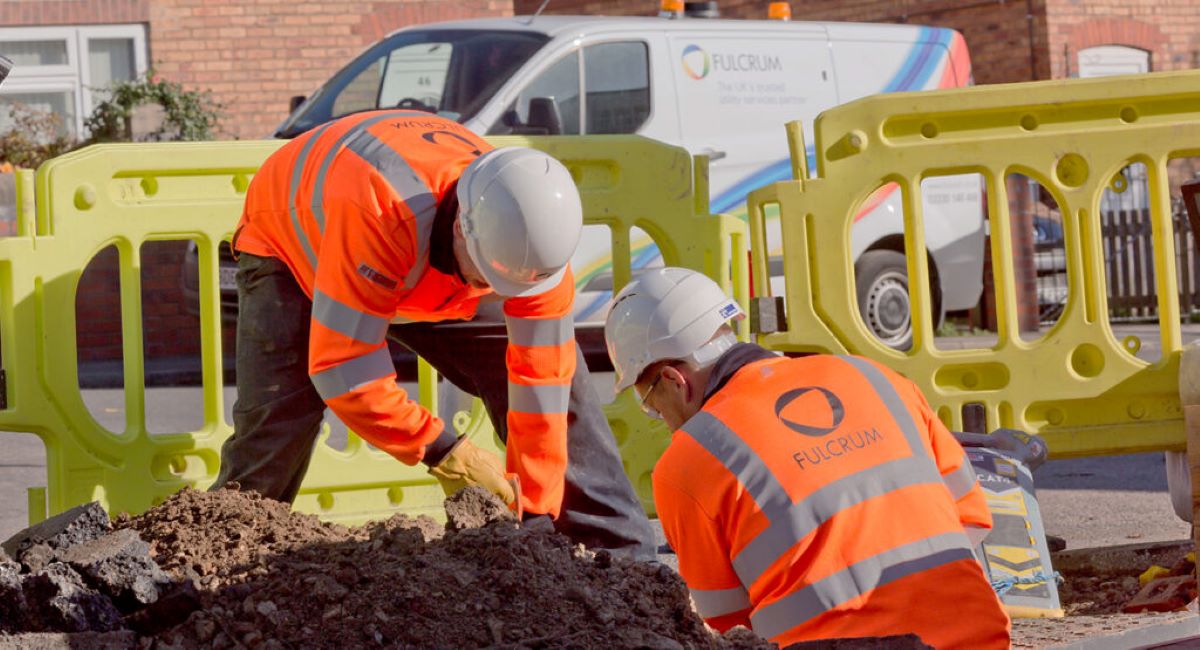The basics of underground utilities
Underground utilities play a critical role in modern infrastructure, facilitating a range of essential services that we often take for granted. They are systems and structures located beneath the surface that provide services such as water, electricity, gas, telecommunications, and sewage disposal. Understanding these utilities is vital, especially for city planners, construction professionals, and the general public.
At their core, underground utilities are the lifelines of urban areas. Without them, daily life would be a considerable challenge. Yet, despite their importance, many people remain unaware of what specifically constitutes underground utilities and how they function.
What are underground utilities?
Essentially, underground utilities refer to various systems that transport and deliver services beneath the earth’s surface. These systems can encompass a diverse range of components, including pipes, cables, and ducts. Each type plays a unique role in ensuring that our cities operate smoothly, providing essential resources and services.
Typically, underground utilities can be classified into several categories, with each serving different needs. They include but are not limited to water supply pipes, stormwater drainage systems, sewer lines, gas pipelines, electrical conduits, and telecommunications cables. Understanding these components is the first step in recognising their overall significance.
Different types of underground utilities
- Water Utilities: Responsible for delivering potable water to homes and businesses.
- Wastewater and Sewage Utilities: Manage the removal of wastewater and sewage, ensuring proper treatment and disposal.
- Gas Utilities: Supply natural gas for heating and cooking needs.
- Electrical Utilities: Carry electricity from power generation plants to residential and commercial customers.
- Telecommunications Utilities: Provide telephone and internet services through fibre optic and copper cables.
Each type of utility necessitates specific infrastructure requirements, which must be carefully planned during the development of urban areas.
The role of underground utilities in urban planning
When it comes to urban planning, understanding the role of underground utilities is paramount. They not only provide critical services but also influence the overall layout and design of urban spaces. Effective planning for these utilities can greatly enhance the quality of life in a community.
Planners must consider various factors, including the capacity of existing systems, potential future demand, and the integration of these utilities with the physical environment. Doing so helps local governments deliver services more efficiently and effectively.
Ensuring efficient service delivery
One of the primary roles of underground utilities in urban planning is to ensure the efficient delivery of services. Proper planning and management can reduce delays and inconveniences that often arise from service disruptions. For instance, if a city’s water supply is well managed, residents will experience fewer interruptions in their essential water services.
Moreover, integrating utilities into the broader city infrastructure can facilitate better coordination between various services, leading to streamlined operations. This collaboration can save resources and time while enhancing the overall reliability of service delivery.
Reducing environmental impact
Urban planners also focused on how underground utilities can minimise environmental impacts. By utilising discreet underground systems, cities can preserve surface landscapes, reduce visual clutter, and maintain ecological balances. Additionally, efficient routing can reduce the extent of excavation needed, leading to less disruption of natural habitats.
Furthermore, the use of green technologies in managing these utilities, such as sustainable drainage systems for stormwater management, significantly contributes to environmental conservation efforts. These considerations reflect a comprehensive approach towards developing urban areas that harmonise with their natural surroundings.

The importance of locating underground utilities before construction
Before embarking on any construction project, it’s crucial to understand the landscape of underground utilities. Locating these utilities is not just a regulatory requirement; it is a fundamental aspect of safe and effective construction practices.
Failure to accurately locate utilities can lead to severe consequences, ranging from service interruptions to costly damages and delays. Therefore, engaged professionals must implement rigorous measures to identify these subsurface components prior to breaking ground.
Preventing damage and disruption
The primary reason for locating underground utilities is to minimise the risk of damage and disruption. Construction projects often require digging and drilling, which can inadvertently disturb existing utility lines. This can lead to significant costs, not to mention the inconvenience of service outages.
Implementing utility detection techniques, such as scanning and mapping, can help avoid such disasters. Effective pre-construction surveys create comprehensive utility mapping that guides construction teams, significantly reducing the risk of accidental strikes.
Ensuring worker safety
Worker safety is another crucial consideration when dealing with underground utilities. Accidental strikes can pose serious risks, from injuring workers to causing hazardous material leaks. By effectively locating utilities before commencing work, contractors can create safer work environments.
Employing proper protocols to ascertain the exact location of utilities also aids in the protection of the workforce, providing a safer environment where risks are minimised.
The technology behind detecting underground utilities
Advancements in technology have greatly enhanced our ability to detect underground utilities. As urban infrastructure continues to evolve, these technologies play a key role in supporting safe construction practices and efficient urban planning.
Two prominent technologies are leading the charge in this field: Ground Penetrating Radar and Electromagnetic Location. Each has its unique applications and advantages.
Ground penetrating radar (GPR)
Ground Penetrating Radar (GPR) uses electromagnetic waves to penetrate the ground and create detailed images of subsurface structures. This non-invasive technology provides comprehensive data regarding utility locations and can help unveil previously unknown obstructions.
GPR can be particularly effective in complex urban scenarios, where various utilities intersect, providing essential insights before construction gets underway. This clarity simplifies planning and execution, enhancing overall project success.
Electromagnetic location (EML)
Electromagnetic Location (EML) involves using electromagnetic signals to trace and locate utility lines. This method is reliable and widely employed in the industry due to its efficiency and accuracy.
EML technology is particularly beneficial for locating metallic utilities, and its quick data acquisition speeds can save valuable time during construction planning. Together with GPR, EML ensures a comprehensive approach to utility detection, providing immense benefits for urban planning and construction safety.
Challenges in managing underground utilities
Despite the importance of underground utilities, managing them presents several challenges. These challenges can affect both service delivery and urban planning, making it essential for stakeholders to address and adapt.
Understanding these challenges allows cities to develop better strategies for managing aging infrastructure, increasing reliability, and maintaining safety as urban environments evolve.
See Also : Cable Locating Services: Preventing Costly Mistakes in Excavation
Aging infrastructure
One of the most pressing challenges is aging infrastructure. Many underground utility systems were installed decades ago and may be nearing the end of their operational lifespan. Such aging systems can lead to leaks, breaks, and service failures, which can be both disruptive and costly.
Addressing this issue requires strategic planning and investment in system upgrades or replacements. Cities must develop comprehensive assessments of their existing utility infrastructure to identify areas of concern and prioritise necessary repairs or enhancements.

Lack of accurate records
A significant challenge in managing underground utilities is the lack of accurate records. Documentation prior to the establishment of stringent regulatory standards is often inadequate, resulting in uncertainties about the exact location and condition of existing utilities.
To overcome this issue, cities can implement modern mapping technologies and database systems to create comprehensive, accurate records of all underground utilities. Such efforts can enhance maintenance, planning, and construction operations, ultimately contributing to safer and more efficient urban environments.
In conclusion, underground utilities are a vital component of urban infrastructure that require thoughtful planning, management, and technological integration. Recognising their significance in urban planning can drive better practices that enhance service delivery, reduce environmental impact, and ensure the safety of both workers and the public.
